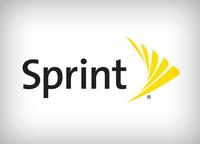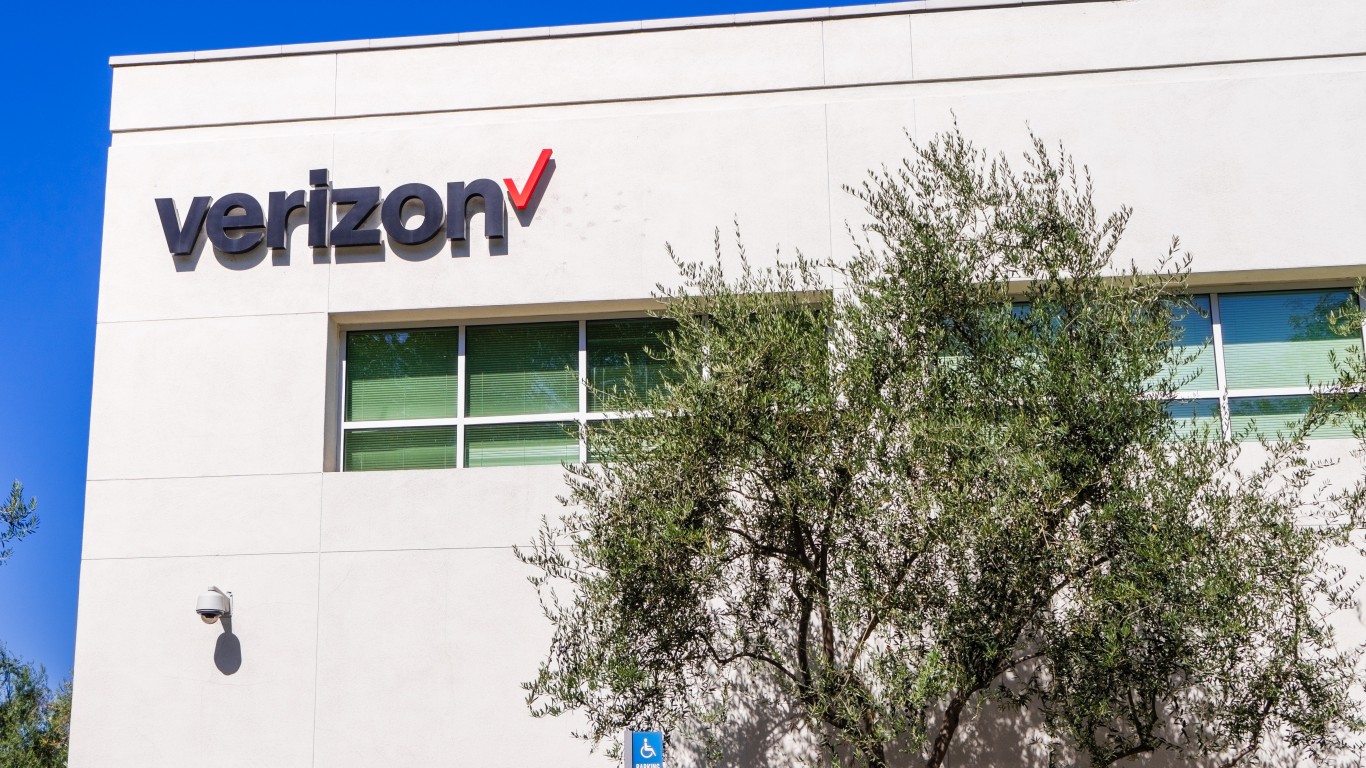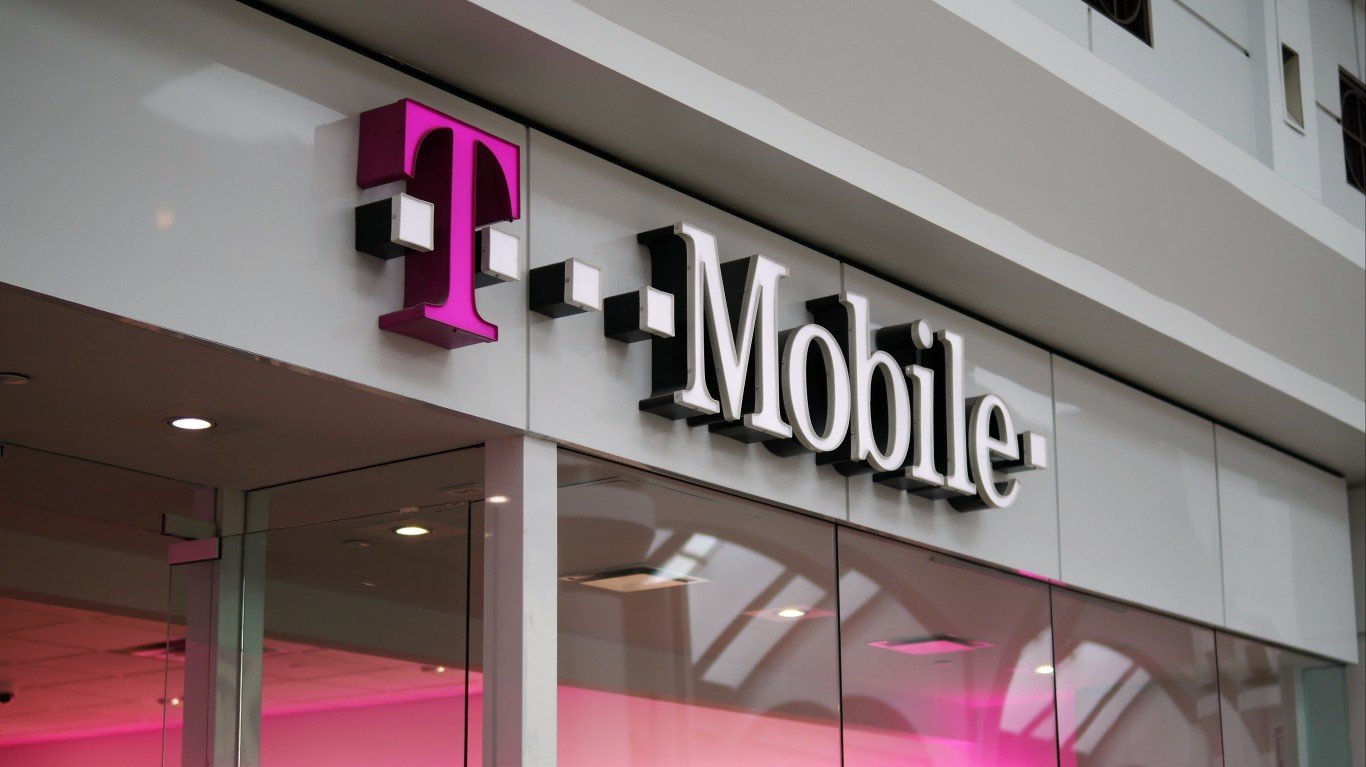
Source: courtesy of Sprint Corp.
According to Argus, Sprint will have to create an organic turnaround in the face of regulatory opposition to a combination among the big four national wireless carriers, a significant challenge given white-hot competition and the commanding positions of industry leaders Verizon Communications Inc. (NYSE: VZ) and AT&T Inc. (NYSE: T). In addition, T-Mobile US Inc. (NYSE: TMUS) has appropriated the industry challenger mantle and will not give that up without a fight. Argus thinks that Sprint probably has the most to fear from T-Mobile, which has attacked the market with a stream of new customer offers and give-backs, as well as a razzle-dazzle advertising push.
The problem is that Sprint is stuck in the middle but continues to recover from the dislocation caused by its Network Vision upgrade.
Recently Sprint reported its fiscal fourth-quarter and full-year results. Fiscal fourth-quarter revenue fell to $8.3 billion, a 7% year over year drop. Operating income fell to $318 million from $420 million in the fourth quarter in the fiscal year 2013. Net loss widened to $224 million or $0.06 per share from $151 million, $0.04 per share in the previous year.
Looking to the future, Argus widened its 2015 fiscal year loss forecast to $0.28 from $0.17, and the firm established a 2016 fiscal year loss forecast of $0.26 per share.
In terms of Sprint’s finances, Argus had this to say:
Our financial strength rating on Sprint is Medium-Low, the second-lowest rank on our five-point scale. Sprint had $4.2 billion in cash and $33.8 billion in total debt at the end of fiscal year 2014. Debt/total capital at the end of fiscal 2014 was a high 61%. Sprint has $1.2 billion in debt maturing in fiscal 2015 and $3.6 billion in fiscal 2016. The company had cash flow from operations of $2.45 billion in fiscal 2014. However, free cash flow was negative $3.3 billion, compared to a negative $5.3 billion in fiscal 2013. The ratings agencies rate Sprint’s debt in the mid-B’s, below investment grade. Moody’s lowered its rating a notch to B1 and its outlook to negative in December 2014. Sprint suspended its quarterly dividend in February 2008, and we do not expect it to be restored. We also do not expect meaningful share buybacks in the near term.
While not directly ascribing his strategy to SoftBank, Sprint CEO, Marcelo Claure’s strategy seems fairly clear. Argus believes the critical point is to turn around subscriber acquisition, or, to sign up more customers than are leaving the service. Sprint lost 430,000 high-value postpaid phone subscribers in in the 2014 fiscal year, much better than the 1 million-plus losses during the shutdown of the iDEN network and Network Vision upgrade, but still a far cry from net additions. Additionally, Sprint lost 201,000 high-value postpaid phone customers in the first quarter of the 2015 fiscal year.
Previously, Sprint has stumbled with the Nextel integration, failing to achieve the integration of the two networks and cultures without significant customer defections. The Nextel iDEN network was finally put to rest at the end of June 2013 in conjunction with Sprint’s Network Vision upgrade. This will free up spectrum that can be used more profitably and should lead to greater network efficiency.
Mr. Claure is also cutting overhead to bring Sprint’s costs more in line with its declining revenues. Sprint is targeting $1.5 billion in costs cuts in the 2015 fiscal year in a range of areas. It has already announced significant layoffs and is working to realign its vendors.
Another major recent development was a bid to increase Sprint’s retail distribution, by taking advantage of RadioShack’s bankruptcy to take over space in 1,435 RadioShack stores, and co-brand the stores as Sprint-RadioShack. The deal will double Sprint’s retail distribution and should be finalized over the next few months.
Finally, Argus believes a risk for Sprint, as with all telecoms, involves regulation. In the last few years, the firm has found that FCC rulings can change competitive conditions in telecom markets and that these rulings have generally been more favorable to the “Bell” incumbents than to competitive carriers like Sprint.
Argus described its valuation of Sprint as:
Sprint shares are up 13% year-to-date (from a very low base), compared to a 3.5% increase for the Russell 1000. Sprint’s net losses have made valuation using P/E unsuitable. Sprint’s projected EV/EBITDA multiple is 7.3, above the peer average of 6.4 and well above the multiples of just about all competitors — a premium clearly not justified by its relative performance. We are maintaining our near- and long-term HOLD ratings
Tuesday afternoon, shares of Sprint were down 1% at $4.65 on a 52-week trading range of $3.79 to $9.76. The stock has a consensus analyst price target of $7.28.
ALSO READ: AOL-Verizon May Tempt Possible Buyers for Yahoo!
Sponsored: Want to Retire Early? Here’s a Great First Step
Want retirement to come a few years earlier than you’d planned? Or are you ready to retire now, but want an extra set of eyes on your finances?
Now you can speak with up to 3 financial experts in your area for FREE. By simply clicking here you can begin to match with financial professionals who can help you build your plan to retire early. And the best part? The first conversation with them is free.
Click here to match with up to 3 financial pros who would be excited to help you make financial decisions.
Thank you for reading! Have some feedback for us?
Contact the 24/7 Wall St. editorial team.



